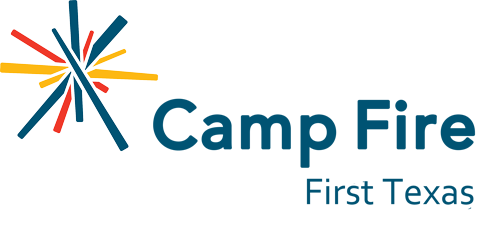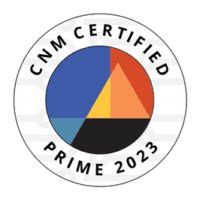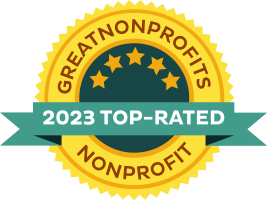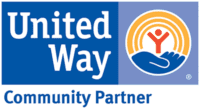
Here we are. It’s 2017.
There is either anticipation or dread associated with the changing of the year. Some of us may be stressed to the max – burned out by family or work obligations, wondering if there is a better way to live. My answer to that is YES!
You might be thinking this blog is about diet and exercises resolutions that will probably fizzle out by February – but that isn’t the case. While diet and physical health are certainly important, there is something even more dire that needs to be addressed to have a healthy year – how to engage in life with a different mindset. I’m going to share how to visualize your goals and create a Healthy Mind Platter.
What is a Healthy Mind Platter?
Think about a balanced diet. A trick some dieticians recommend is to load food items on your plate in their recommended sizes by food groups. A Healthy Mind Platter is similar. If we load our mind with various positive activities in a way that is balanced, we create a healthy mind.
Having a healthy mind should start with why. Ask yourself why you need to make change in your life. Are you happy with the way things are going? The why is the start of the dream. What do you want 2017 to be? There are billions of neurons in the brain that are sent, literally charging, into action when you picture what you want. I have a dream board in my office that has pictures of what I want and why I’m working toward it. In the center of the board are pictures of my family. What would you put in the middle of your dream board? I dream-build by hanging out with people who have achieved some of their dreams while serving others.
To get to my longer-term goals, I have to take it step by step. By being present and embracing each day, I can feel good about my progress and have energy for the next day.
I found the Healthy Mind Platter is a very do-able daily system that brings a bit of that needed balance to very busy lives. According to the Healthy Mind Platter method, someone can increase their well-being by have a balance of:
- Focus Time – When we focus on a challenge we make deep connections in the brain.
- Play Time -When we allow ourselves to playfully enjoy novel experiences, we help make new connections in the brain.
- Connecting Time – When we connect with other people, ideally in person, and appreciate our connection to the natural world around us, we reinforce the brain’s relational circuitry.
- Physical Time – When we move our bodies, aerobically if medically possible, we strengthen the brain in many ways. Sometimes we can combine Play Time, Connecting Time and Physical Time.
- Time In – When we quietly reflect internally, focusing on sensations, images, feelings and positive self-talk, we help to better integrate the brain. This is when I dream-build the wonders and possibilities of “what ifs”.
- Down Time – When we are non-focused, without any specific goal, and let our mind wander or simply relax, we help the brain recharge.
- Sleep Time – When we give the brain the rest it needs, we consolidate learning and recover from the experiences of the day. Check out these tips for better sleep.
If you’re still not convinced to take care of your mind so you can achieve your goals and dreams, check out the research done by the Blue Zones project and Dan Buettner.
Camp Fire embraces the Blue Zones principals, and has found ways to work them into our everyday work environment. In our office, we are encouraged to take micro-breaks, to go on daily walks and to find some down-time to recharge during the day – just to name a few. Working for an organization that encourages me to have a healthy mind has been such an encouragement in my daily life, and has improved my overall well-being.
This information was a wake-up call for me. Small daily changes, practiced consistently over time gives the slight edge needed to live a longer, happier, more balance life. What if…this year is your year? What if…you develop a growth mindset? What if…others ask you what you’re doing because they notice a positive change in you? What if…you intentionally filled your Healthy Mind Platter and were less stressed out? What if…
- Focus Time – When we focus on a challenge we make deep connections in the brain.
- Play Time -When we allow ourselves to playfully enjoy novel experiences, we help make new connections in the brain.
- Connecting Time – When we connect with other people, ideally in person, and appreciate our connection to the natural world around us, we reinforce the brain’s relational circuitry.
- Physical Time – When we move our bodies, aerobically if medically possible, we strengthen the brain in many ways. Sometimes we can combine Play Time, Connecting Time and Physical Time.
- Time In – When we quietly reflect internally, focusing on sensations, images, feelings and positive self-talk, we help to better integrate the brain. This is when I dream-build the wonders and possibilities of “what ifs”.
- Down Time – When we are non-focused, without any specific goal, and let our mind wander or simply relax, we help the brain recharge.
Sleep Time – When we give the brain the rest it needs, we consolidate learning and recover from the experiences of the day. Check out these tips for better sleep.
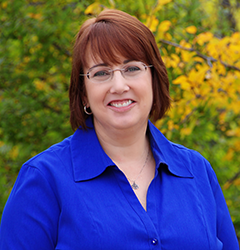 Pam Rinn is the Program Director for Community Professional Development-Instruction at Camp Fire First Texas. Pam’s philosophy is to nurture the whole person by celebrating individual uniqueness and working to strengthen the environmental system. She has more than 25 years of experience working with children families and community outreach programs and is a Certified Family Life Educator. Pam holds a Master of Science in human development and family studies and a Ph.D. in family therapy.
Pam Rinn is the Program Director for Community Professional Development-Instruction at Camp Fire First Texas. Pam’s philosophy is to nurture the whole person by celebrating individual uniqueness and working to strengthen the environmental system. She has more than 25 years of experience working with children families and community outreach programs and is a Certified Family Life Educator. Pam holds a Master of Science in human development and family studies and a Ph.D. in family therapy.
